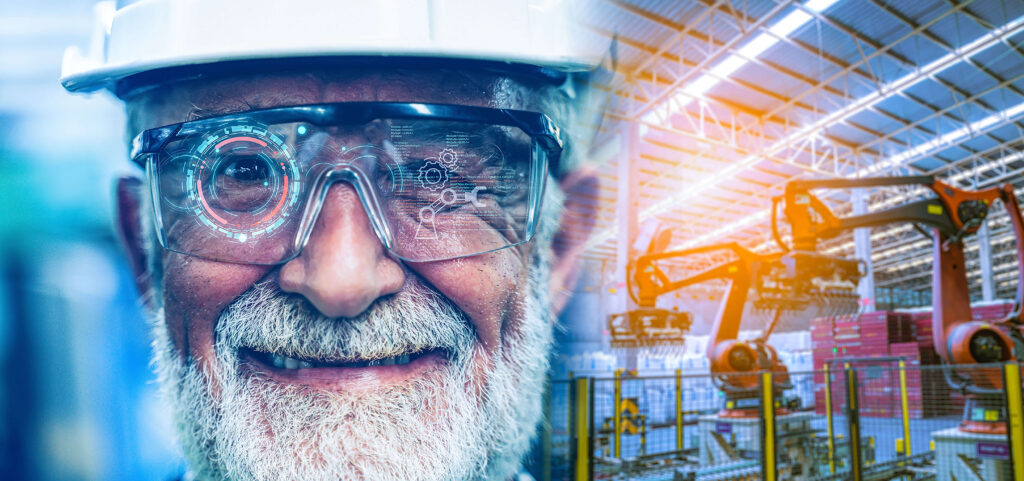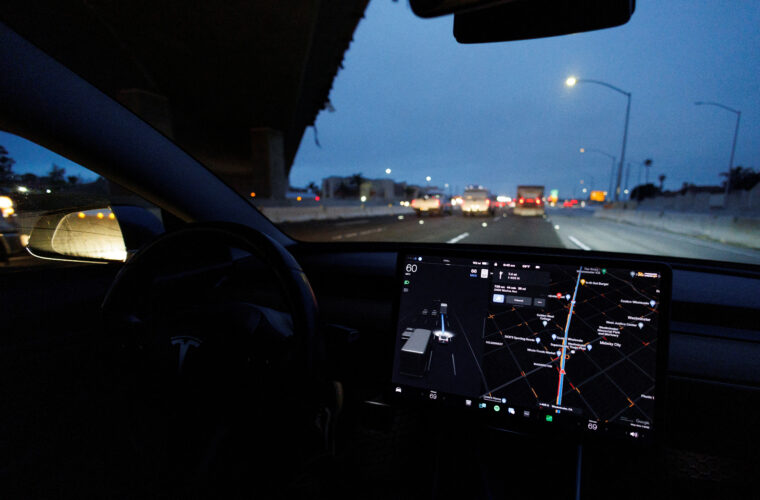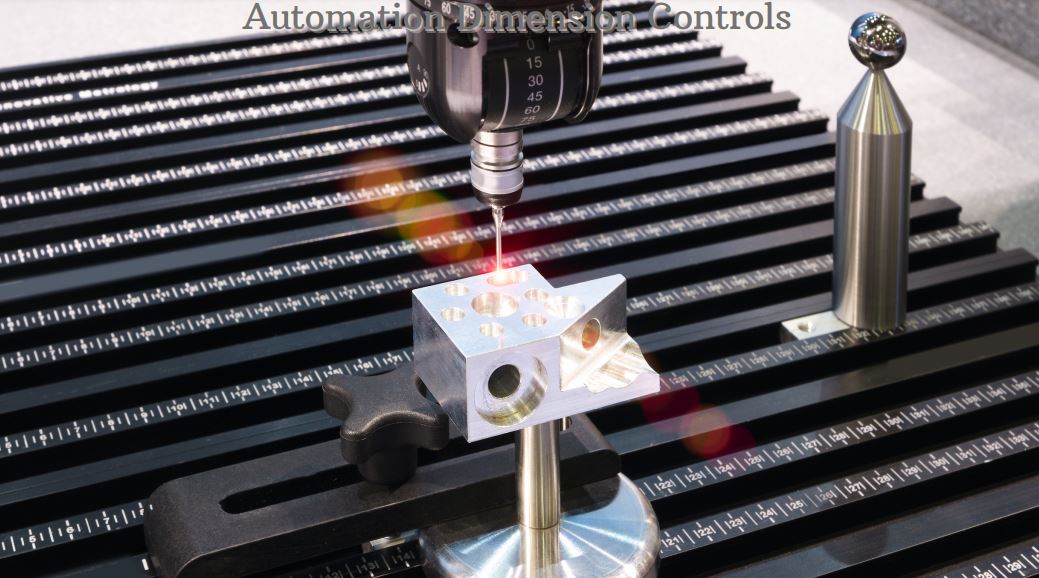What is hyper automation?
Hyper automation combines various technological tools, such as robotic process automation (RPA), intelligent business management software (iBPMS), machine learning (ML), and artificial intelligence (AI) to create a new way of working. Organization or companies use hyper automation to automate even more complex work and enables automation for almost any repetitive task.
RPA
Robotic Process Automation (RPA) is the new technology creation of the technical human with all the characteristics of his behaviour, including intelligence, so that he can replace man in many different areas of his work. In this way, companies aim to increase the standard of living of modern human by reducing the error rate in the production process, costs and increase productivity. Therefore, we also have an increase in customer satisfaction.
Robotic Process Automation has many applications in all areas, such as healthcare and pharmaceuticals, financial services, outsourcing, retail, telecommunications, energy and utilities, real estate and FMCG (Fast Moving Consumer Goods) and more. It combines all the cutting-edge technologies, such as machine learning, data analysis, artificial intelligence and creates separate digital entities (bots) that communicate with each other to achieve tasks.
According to a Trecent report automation technology such as RPA are predicted to have a potential economic impact of $6.7 trillion by the year 2025. According to the same report, the automation market will have the second largest economic impact only behind the mobile Internet. In a recent survey of 500 senior decision makers, 77 percent of respondents believe RPA will drive productivity, through the automation of mundane, transactional tasks. In the same survey, 56 percent of respondents indicated they are planning to use RPA to free up staff, allowing them to focus on higher value work. Given these statistics, RPA is expected to grow into one of the leading technological platforms and will become a standard for performance.
iBPMS
Intelligent business process management suites (iBPMS) combine business process management (BPM) software with additional capabilities such as artificial intelligence (AI) to help companies dynamically automate more types of start-to-finish experiences. These suites are often cloud-enabled and provide low-code tools that help citizen developers create workflow solutions very quickly.
According to the Michael Lim (Program Director, IBM Digital Business Automation) iBPMS is an integrated set of technologies that coordinates people, machines and things (as in Internet of Things) and support traditional business process management requirements. These technologies also offer:
- Intelligence and support for industry and organizational specific processes
- A greater level of collaboration throughout the process, which encourages a wider adoption across organizational departments and can lead to a higher level of change and improvement within current processes
- Support for integration to various middleware and back-end technologies, providing organizations with the capability to go to market quickly with new offerings
RPA & AI (Robotic Process Automation and Artificial Intelligence)

Artificial Intelligence is the simulation of human intelligence by machines. In other words, it is the discipline that tries to create systems capable of learning (use Machine Learning) and reasoning like a human being. Artificial Intelligence encompasses other concepts such as Machine Learning, Deep Learning, Natural Language Processing (NLP), Visual Recognition, Big Data, Advanced Analytics, etc.
Although it is a very broad concept and covers many levels (from simple automations to complex virtual assistants), it is worth highlighting the following virtues in the current business environment:
• Deciphering patterns from previous experience.
• Intelligent decision making.
• Prescriptive and predictive analytics.
Future for the hyper automation
A few days ago, NASA managed to land the robotic spacecraft Mars on the planet Mars Perseverance. We have the first images on the planet Mars through this robotic spacecraft. So, we understand that the future is robotic in almost all areas of human activity. The most essential part is the fields of artificial intelligence, where in collaboration with the development of information technology and telecommunications they will create a super automation.
Machine learning plays perhaps the most essential role as technology makes the machine constantly learning. It is the crucial part of building a robotic brain that determines all the decisions and movements of a robotic body. I must point out that these are not just humanoid robots, but also hyper automated systems based on one or more digital brains that will then interact without the intervention of the human factor.



